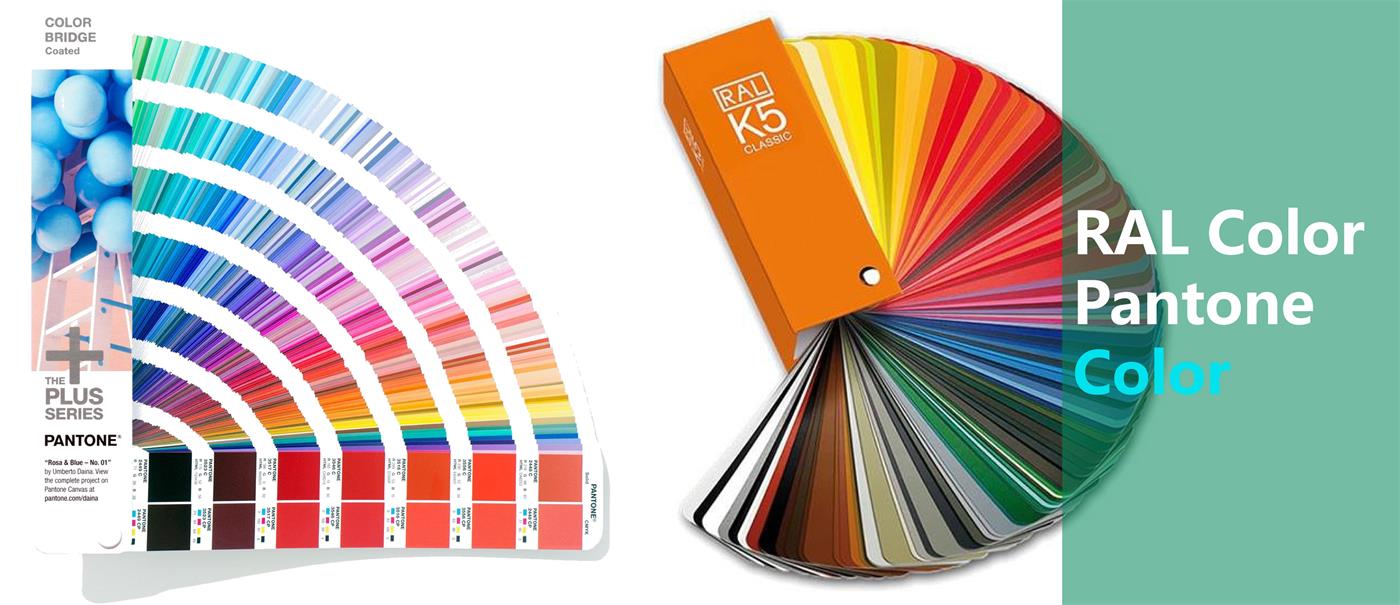The Art of Tie Color Coordination
The art of tie color coordination is an essential part of fashion and style. It involves carefully selecting the right color tie to match your shirt, suit, and even your shoes. The key is to understand the color wheel and how different colors interact with each other. For example, complementary colors such as red and green or blue and orange work well together, while analogous colors like blue and purple or green and yellow create a more subtle and harmonious look. Taking all of this into consideration, tie color coordination can be a fun and creative way to express your individual style.
In the realm of fashion, the color coordination of a tie can make or break an outfit’s appeal. The tie, a pivotal fashion accessory for both men and women, serves as a subtle yet significant statement piece that can complement or contrast with the rest of the ensemble. Here, we explore the art of tie color coordination to help you maximize your fashion potential.
The first step in achieving harmonious tie color coordination is understanding the color wheel. The color wheel is a visual tool that organizes colors according to their hue, saturation, and brightness. By understanding how colors interact on the color wheel, you can easily determine which colors complement each other and which colors create desired effects.

When pairing your tie with a shirt or suit, consider the color and pattern of each piece. For instance, a striped tie paired with a solid-colored shirt can create a classic yet modern look. Conversely, a polka dot tie can add a touch of playfulness to a formal ensemble. It is essential to strike a balance between patterns and colors to avoid looking overwhelmed or underdressed.
Another crucial aspect of tie color coordination is understanding color psychology. Color psychology is the study of how colors affect our emotions and behavior. For example, red ties exude a sense of power and confidence, while blue ties promote trust and reliability. By understanding the emotional implications of different colors, you can choose ties that align with your desired message or image.
Finally, do not be afraid to experiment with bold color combinations. Traditional color schemes such as black and white or navy and red may be safe choices, but they can also feel dull and uninspired. Consider pairing unexpected colors such as bright green or electric blue with more neutral-colored shirts or suits to create an ensemble that is both memorable and fashionable.

In conclusion, the art of tie color coordination encompasses understanding the color wheel, balancing patterns and colors, delving into color psychology, and embracing bold color combinations. By following these principles, you can transform a basic tie into a时尚配饰,不论男女,都是时尚界的重要元素,一条领带,虽然只是一个小小的配饰,但是颜色的搭配却能对整个服装造型产生巨大的影响,通过了解颜色搭配的规则和技巧,我们可以让领带的颜色与整体造型相协调,从而打造出完美的时尚造型。
Articles related to the knowledge points of this article::
Title: The Inextricable Link Between Black and White in Mens Fashion
Title: Where to Purchase a Bow Tie Underwear in Shangqiu?
Mastering the Art of Shirt and Tie Matching: A Revolutionary App for Style Enthusiasts



